Addressing climate change is critically pressing. It is imminent to notice that one of the most prominent effects of climate change are extreme weather events. However, we can prevent severe alterations in the climate by investing in specific technologies, as it’s not a situation we unavoidably have to face.
In September 2022, the World Economic Forum’s Climate Trade Zero initiative published a report detailing several climate-friendly technologies urging governments to prioritize investing in them to combat climate change and mitigate its harmful effects. These technologies encompass different sectors, including energy supply, transportation, and construction.
Here are 25 promising technologies to fight climate change.
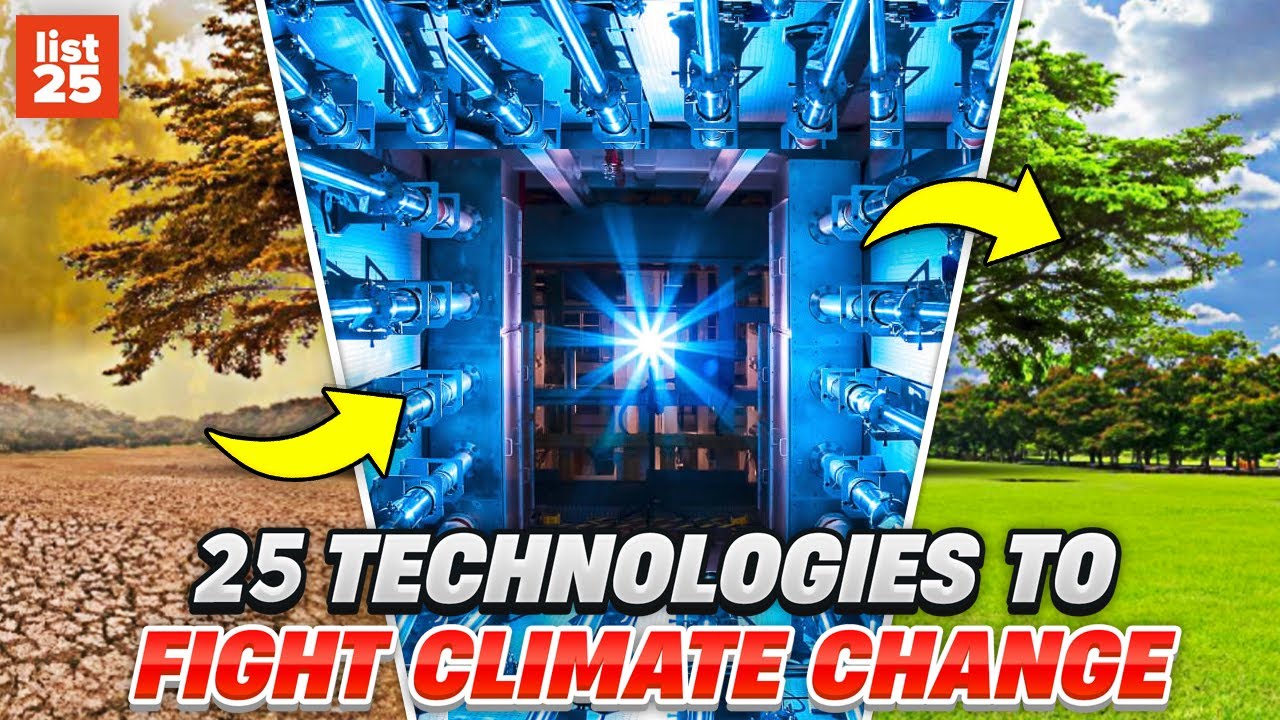
Carbon Capture and Storage (CCS)

Carbon capture and storage (CCS) is also sometimes known as carbon capture and sequestration.
What is CCS? It is the process whereby carbon dioxide (CO2) is captured before it enters the atmosphere and pollutes it, to be then transported and stored.
Carbon dioxide can then be kept in storage for hundreds or even thousands of years.
CCS prevents emissions of carbon dioxide generated by large industries.
Electric Cars
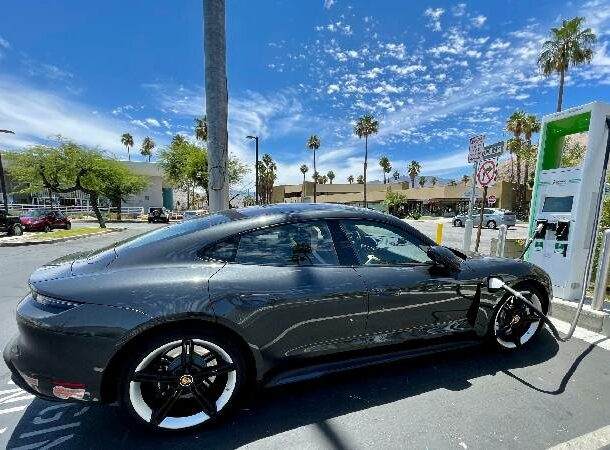
Electric cars, also sometimes known as all-electric cars or battery electric cars, have become increasingly popular in the last few years.
It is easy to see why. Electric cars have zero exhaust emissions and are quieter than cars fueled by gas, which also contributes to reducing noise pollution.
This type of vehicle needs to be charged, and this can be done in public areas or in a house where a charging station has been previously installed.
Electric Trains

When it comes to mass transportation, a cleaner alternative to traditional systems is electric trains or locomotives.
Instead of gas turbines or diesel engines, electric trains are powered by electricity.
The electricity that electric trains use can come from different sources such as batteries, a third rail (also known as a conductor rail or a live rail), or overhead electricity lines.
Hydrogen
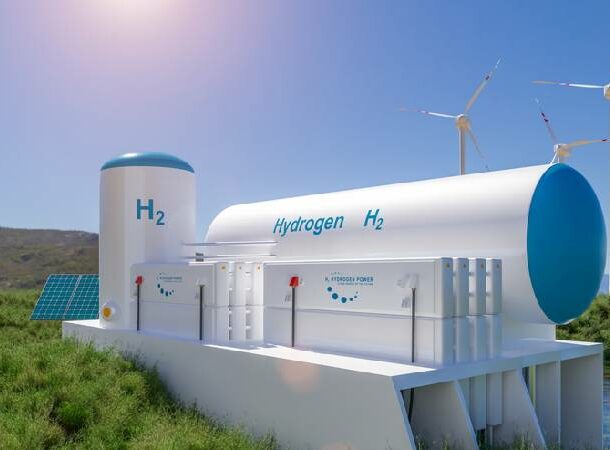
Hydrogen is the most plentiful chemical element that exists, and it is found in molecules of all living things on earth (animals, human beings, plants) and also in water.
The production of hydrogen comes from different natural resources including biogas (gas produced from animal manure), solar and wind renewable power, natural gas, and nuclear power.
Hydrogen is considered a climate-friendly alternative to methane (natural gas). More needs to be done to harness larger quantities of hydrogen for fuel.
Building Automation Systems
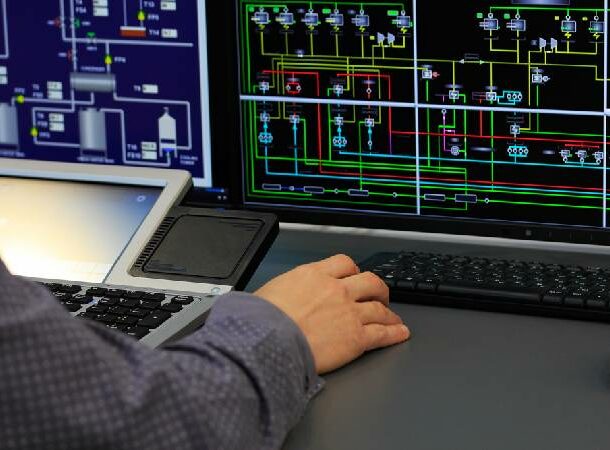
What is an automation system? Any mechanical system that works with little or no human intervention is an automation system. Typically, automation is achieved with sensors or controls.
Automation systems can be used in a wide variety of industries and be highly efficient, flexible, and effective.
Thermostats

Smart thermostats provide valuable information on energy usage and can, thus, contribute to cutting energy costs and reducing energy waste.
In the long run, the usage of thermostats and the information they provide can save money for businesses and households while also contributing to fighting climate change.
Insulation Materials

One of the best ways to make buildings energy efficient is by using insulation materials in construction such as fiberglass, mineral wool, cellulose, and natural fibers, among others.
Well-insulated buildings and homes are better places to inhabit for human beings as they help to keep temperatures comfortable but also prevent excessive emissions.
High-performance Glass

Traditionally, the type of glass used in buildings could cause overheating indoors.
However, the three kinds of high-performance glass (low-e glass, solar control glass, and solar low-e glass) deliver thermal insulation which, in turn, improves energy efficiency.
Solar Cookstoves

Cookstoves that run on solar energy are typically used in isolated communities with no access to electric grids.
Solar cookstoves run on power from solar panels that have been stored in batteries. They are a practical solution both in terms of saving energy and using renewable power.
LED Lighting

Using LED lighting is a no-brainer because it uses 75% less energy than other forms of electric lighting, and also lasts up to 25 times longer.
In contrast to traditional incandescent lighting, which tends to be dimmer while using a lot of energy, LED light bulbs create a lot of light just by using a small portion of the same energy.
Efficient Motors
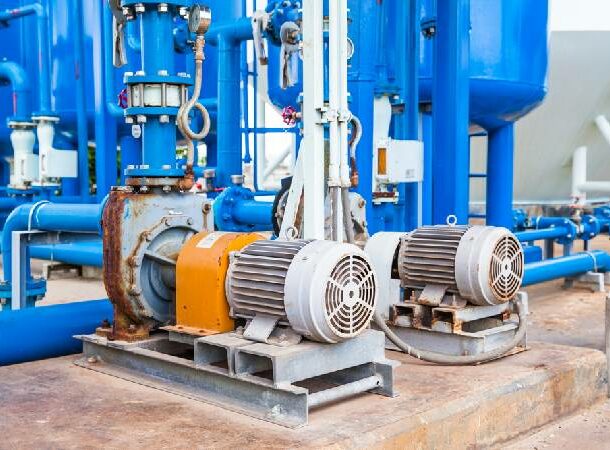
Energy efficient motors (EEM) consume less power than conventional motors.
In its report, the World Economic Forum’s Climate Trade Zero initiative recommends using efficient motors internationally rated 3 or higher.
Meat Alternatives

Plant-based and lab-grown meat alternatives for human consumption can reduce the environmental impact of the meat industry.
Waste-to-energy Systems

Burning waste to produce heat and electricity reduces Carbon dioxide (CO2) emissions while eliminating waste from landfills.
Waste-to-energy solutions are an advanced method to generate energy while disposing waste and reducing greenhouse gas emissions. Therefore, waste-to-energy systems are considered a helpful transition solution.
High-efficiency Heat Pumps
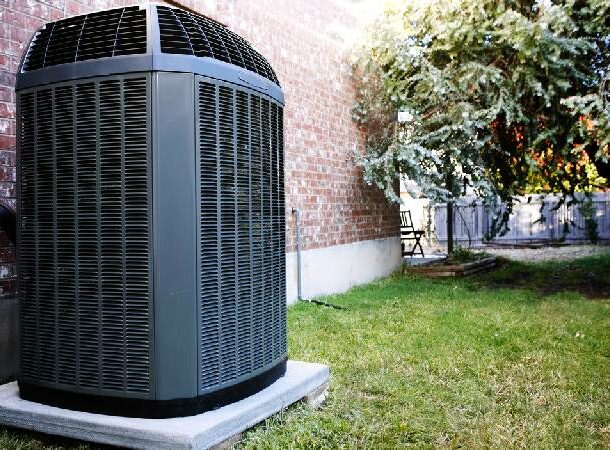
Heat pumps save more energy than furnaces and air conditioners while providing the same service.
A high-efficiency heat pump will make a house cooler in summer, and warmer in winter by moving heat from the outdoors into the house. As such, they are a climate-friendly alternative to heaters and AC units.
Biogas Stoves
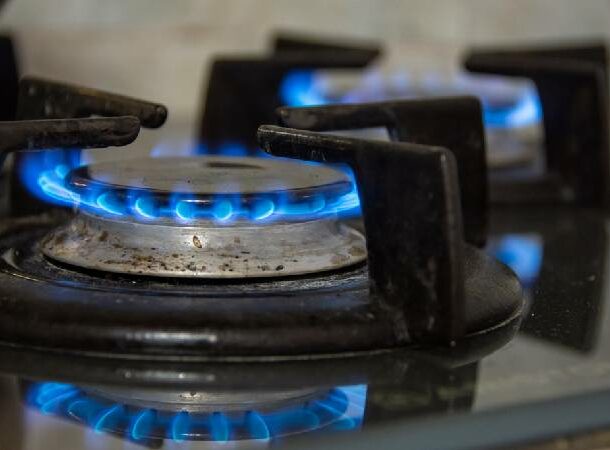
Biogas, also known as gobar gas, is produced by animal manure.
Stoves fueled by biogas are more energy efficient than traditional stoves. The good news is that existing stoves can be easily modified to become suitable for biogas.
Biogas stoves are already in use in some isolated areas of the third world.
Tidal Systems
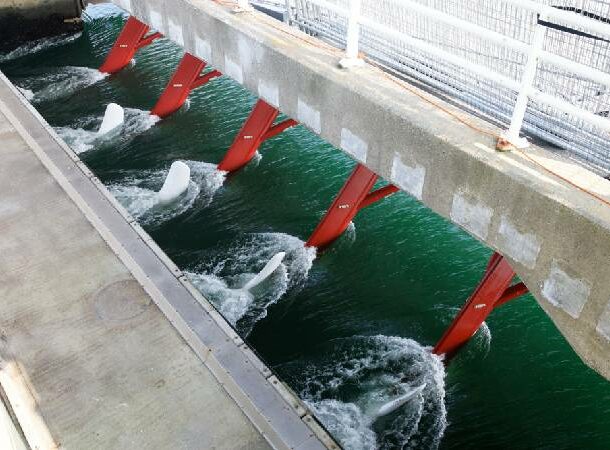
Electricity and other forms of power can be generated from tides during their rise and fall. This is known as tidal power or tidal energy.
Tidal energy is one of the made sources of renewable energy. It is obtained from the ocean using special generators that turn the energy produced by the surge of water into electricity.
Small Hydropower
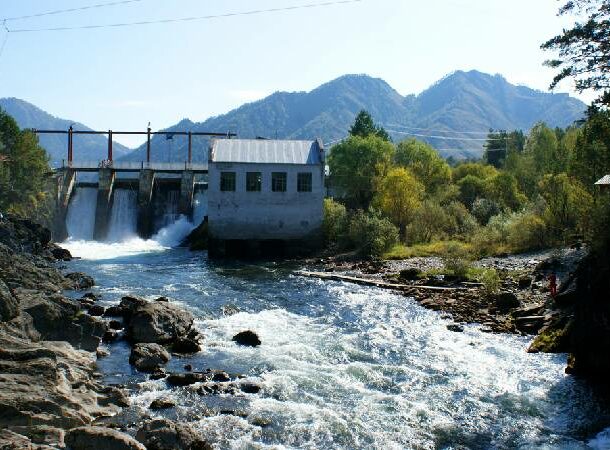
Small Hydropower, also known as small hydro, consists of projects usually built in off-the-grid isolated areas to produce enough energy to serve the local community.
Small Hydropower is flexible and can encompass between 10 and 30 megawatts (MW). In some countries, a small hydro can produce more significant amounts of electricity. For example, the National Hydropower Association establishes 5 MW as the minimum limit in the United States, but up to 50 MW is usually also considered small. This assessment is also the case in other large industrial nations such as Canada and China.
Small Hydropower is particularly popular in Asia. For example, small Hydropower in China provides electricity to isolated rural areas. But this solution is also suitable for countries in Africa and the Americas.
Geothermal
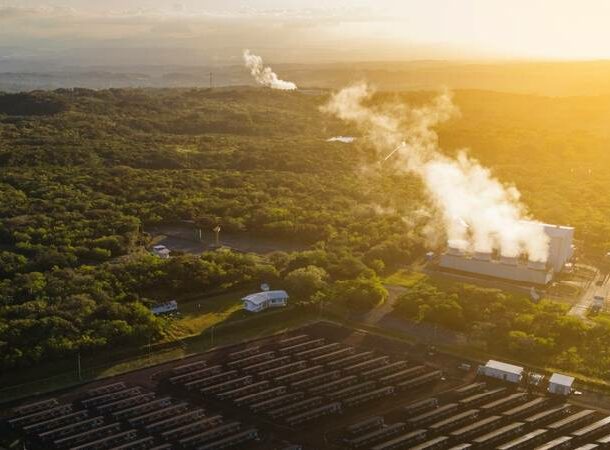
A climate-friendly energy source is a thermal energy originating in our planet’s crust known as geothermal energy.
How is geothermal energy created? It comes both from the formation of our planet and from radioactive decay. As far back as the Paleolithic age, there is evidence that humans used it for warm baths. Later, the Romans also used it as a source for indoor heating spaces.
Advanced technology has made the generation of electricity from thermal energy more easily exploited, but we are currently only using a small portion of it.
Biomass

Renewable organic material that comes from plants or animals is known as biomass. Biomass comes from wood, crops, solid waste, and animal manure, among other sources. Although this may sound like a more pleasant energy source, it is efficient and climate-friendly.
Biomass can be fuel for practical domestic uses such as heating or cooking.
Concentrated Solar Power
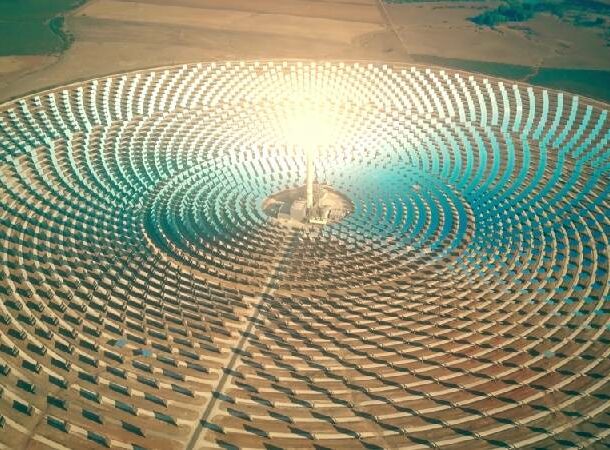
Concentrated solar power (CSP) is a system that can generate energy from sunlight by using lenses or mirrors to focus light and convert it into heat.
Once sunlight is converted to heat, a heat engine connected to a steam turbine or another kind of heat engine coupled to a power generator converts it to electricity.
Distributed Solar PV
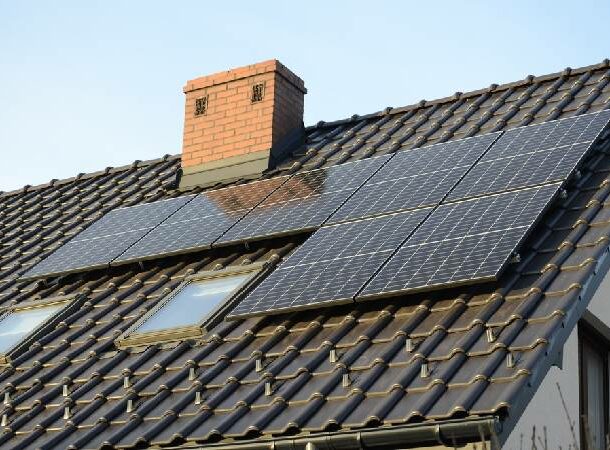
Distributed solar photovoltaics means rooftop solar panels that can be connected through a grid or be stand-alone.
Different types of solar PV systems store and distribute this renewable energy. The main difference is that most have battery storage while others do not.
Utility Scale PV (photovoltaic)
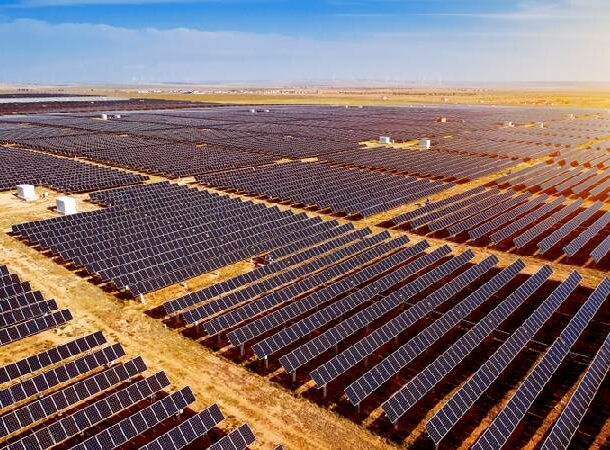
Out of different technologies to generate energy through solar power, utility-scale is the best option because it produces energy at a much larger scale.
We are talking about large plants of gigantic solar panels instead of smaller rooftop solar panels.
Offshore Wind Power
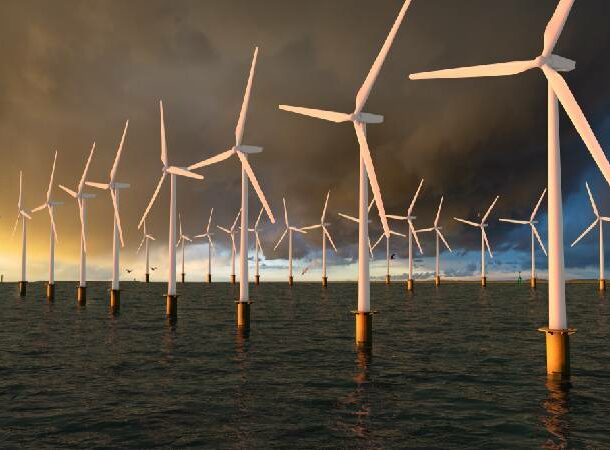
Generating electricity through wind farms located at sea is the top 3 technology to fight climate change.
Although offshore wind power farms usually are installed at sea, there can also be built in other large bodies of water.
Onshore Wind Power
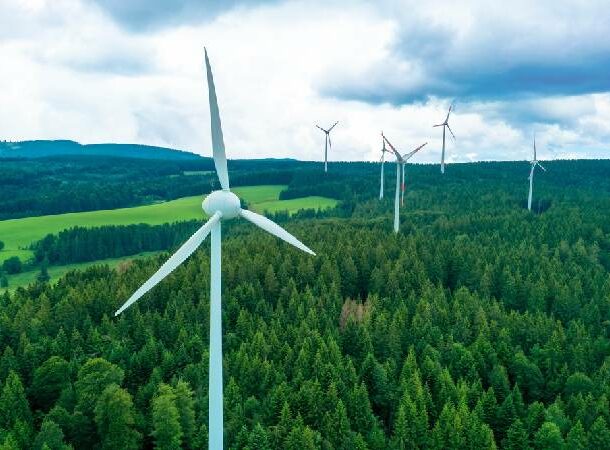
Regarding renewable energy and energy efficiency, the focus should be on building onshore wind power turbines in suitable areas.
Usually, onshore wind power plants are built in unpopulated areas with minimal negative environmental impact (i.e., areas with low conservation value). This plan avoids harming local fauna and flora (primarily birds).
Alternative Refrigerants

Coming at no. 1, investing in replacing hydrofluorocarbon (HFC) refrigerants should be a priority until they are completely phased out.
Instead, the usage of alternative refrigerants will have a positive impact on reducing Carbon dioxide (CO2) emissions.
The great news is that alternative refrigerants are not only good for the environment but also more affordable and efficient than HFC refrigerants.



























